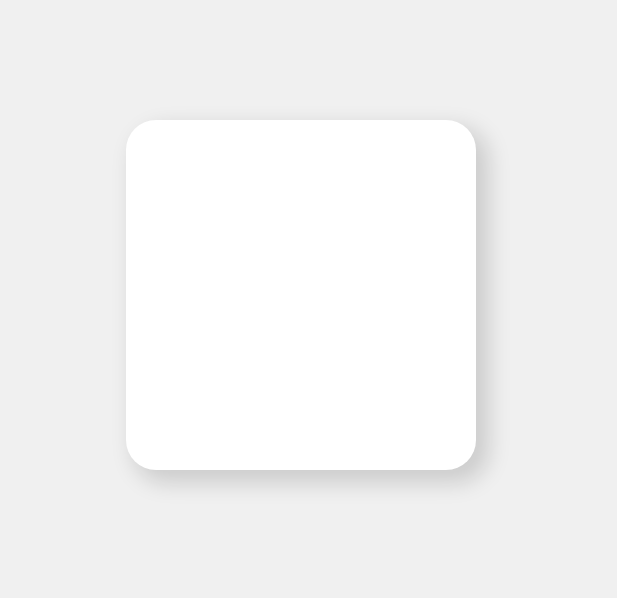

The box-shadow property in CSS serves as an effective mechanism for developers to introduce depth and dimension to HTML elements. By incorporating shadows into elements, one can enhance the realism and visual attractiveness of the user interface. This article will delve into the fundamentals of box-shadow and offer examples to assist you in mastering its application.
The box-shadow property consists of several values that define how the shadow will appear. Here’s the basic syntax:
box-shadow: offset-x offset-y blur-radius spread-radius color;
Let’s see a simple example of a box-shadow applied to a button:
button {
box-shadow: 5px 5px 10px rgba(0, 0, 0, 0.3);
}
In this case, the shadow is offset by 5px horizontally and vertically, has a blur radius of 10px, and is colored with black with 0.3 of opacity.
box-shadow also supports the inset keyword, which places the shadow inside the element, giving it a recessed effect.
div {
box-shadow: inset 0 0 10px #000;
}
Here, the shadow is placed inside the div, creating an effect as if the content is pushed inward.
box-shadow: 2px 2px 5px #aaa, -2px -2px 5px #ccc;
button:hover {
box-shadow: 5px 10px 20px rgba(0, 0, 0, 0.4);
}
For those who prefer a more visual approach, check out the Box-Shadow CSS Generator. This tool allows you to craft custom box-shadow effects effortlessly, without writing any code and saving presets.
The above is the detailed content of Mastering box-shadow in CSS: A Quick Guide. For more information, please follow other related articles on the PHP Chinese website!
 The difference between ms card and sd card
The difference between ms card and sd card
 How to cancel automatic renewal of Taobao Money Saving Card
How to cancel automatic renewal of Taobao Money Saving Card
 Network cable is unplugged
Network cable is unplugged
 Usage of fopen function in Matlab
Usage of fopen function in Matlab
 nagios configuration method
nagios configuration method
 okx trading platform official website entrance
okx trading platform official website entrance
 Linux adds update source method
Linux adds update source method
 How to repair win7 system if it is damaged and cannot be booted
How to repair win7 system if it is damaged and cannot be booted




